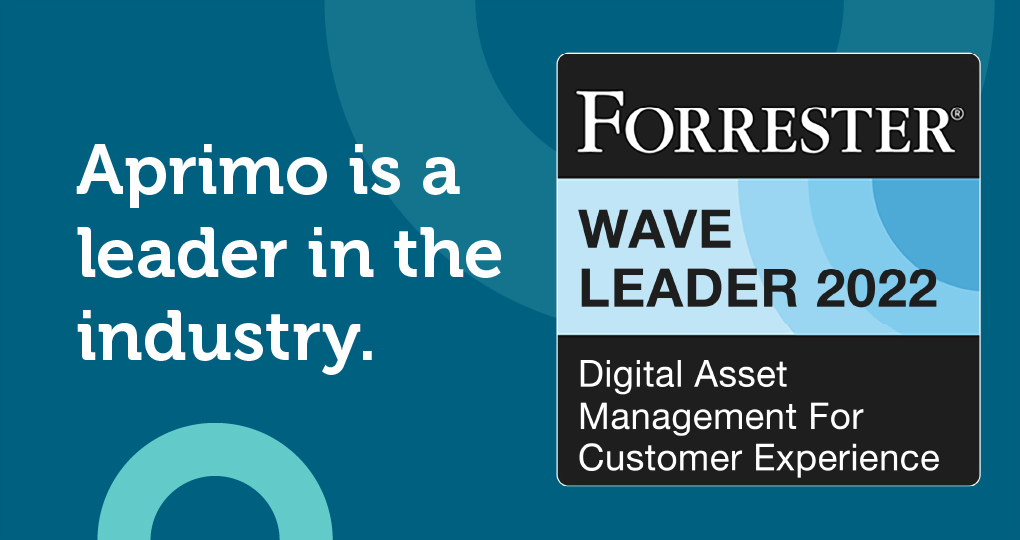AI-Enhanced Workflow Automation in DAM

Whether you’re getting approval for a file or paying your utility bills through an app, automation has become a part of most spheres of life. In fact, as an industry, automation is expected to be worth $265 billion by 2025. Keeping its impact and benefits in mind, it’s no surprise that workflow automation has also found its way into digital asset management. Add artificial intelligence (AI) to the equation, and you have the formula for efficient workflow management. Here’s an overview of AI digital asset management and how automation fits into it.

Understanding AI-Enhanced Workflow Automation in DAM
AI-enhanced workflow automation means leveraging AI technology to streamline workflow processes in digital asset management. It’s become important to incorporate AI in workflow automation to keep up with the fast-paced digital landscape.
You don’t want to stay behind your competition, do you? Similarly, you wouldn’t want workflow inefficiencies, either. AI digital asset management is the fix.
Benefits of AI-Enhanced Workflow Automation
Workflow management through AI has a host of benefits, such as:
-
Time savings, such as through automated file approval processes
-
Cost savings and increased efficiency
-
Improved intra- and inter-team collaboration
-
Reduced human error and improved accuracy
-
Enhanced scalability for growing businesses
-
Streamlined processes leading to faster project completion
-
Real-time insights to make data-driven decisions
-
Better metadata tagging accuracy
-
Superior content classification


Key Components of AI-Enhanced Workflow Automation in DAM
AI-enhanced workflow automation in DAM has the following key components.
-
Machine learning algorithms: These recognize content patterns and help with online search optimization and content personalization. For instance, a machine learning algorithm can automatically suggest the best tags for a particular image or video.
-
Metadata extraction: AI extracts relevant information from files, such as date, location, keywords, or even faces, and automatically tags them to the corresponding files.
-
Natural language processing (NLP): How would an AI system understand human words? Through NLP. It facilitates the analysis of unstructured text data and the categorization of content into predefined categories.
AI DAM also integrates with other technologies. For example, an AI DAM system can integrate with a contract lifecycle management (CLM) platform to automate contract management processes, such as:
-
Drafting contracts based on predefined templates
-
Automatically sending contract drafts for review and approval
-
Tracking contract revisions and updates
-
Reminding stakeholders of upcoming contract expiration dates
-
Archiving contracts after termination/expiration
The same applies to other systems like project management, supply chain management, customer relationship management, and human resource management.
Implementing AI-Enhanced Workflow Automation in DAM
When it comes to implementing AI in DAM workflow management, the first step is choosing the right AI tools. The prerequisite is for them to integrate with your existing system.
Alternatively, you can use a digital asset management system with built-in AI capabilities. The DAM AI gives you a 360° view of all your content operations, starting from ideation to distribution.
Regardless of the choice you make, it’s imperative to customize the AI tools to match your specific business needs and workflows. The next step is training your employees. A well-crafted onboarding experience will help your team make the most of the DAM AI system.
It doesn’t end at implementation. You must refine the AI system continuously. For example, you can source feedback from your team on the accuracy of the categorization. Then, make adjustments accordingly.


Overcoming Challenges in AI-Enhanced DAM Workflow Automation
When you incorporate AI into a DAM platform, there are several risks to keep an eye out for. One of them is job displacement. With AI doing a fraction of the work, some employees may lose their jobs.
How you address this depends on your company’s culture and values. You can provide upskilling opportunities for workers whose jobs will be affected. Or, you can assign them to other tasks that require manual labor.
Another challenge is AI bias. If the data used to train the AI has inherent biases, it will be reflected in the system’s decisions. Some ways to address this issue are to:
-
Have a diverse team of creators and researchers who build AI tools
-
Review and audit the data used to train the AI regularly
-
Use a wide range of data sources to avoid bias
Similarly, you must have concerns surrounding data security and compliance. After all, you are storing and managing sensitive company data with AI technology. The fix for this issue is in governance policies.
As for technical issues, a robust support team from your AI DAM vendor can help you overcome them. That’s another reason thorough research in vendor selection is a must. The more active the vendor’s support team, the better your experience will be.




